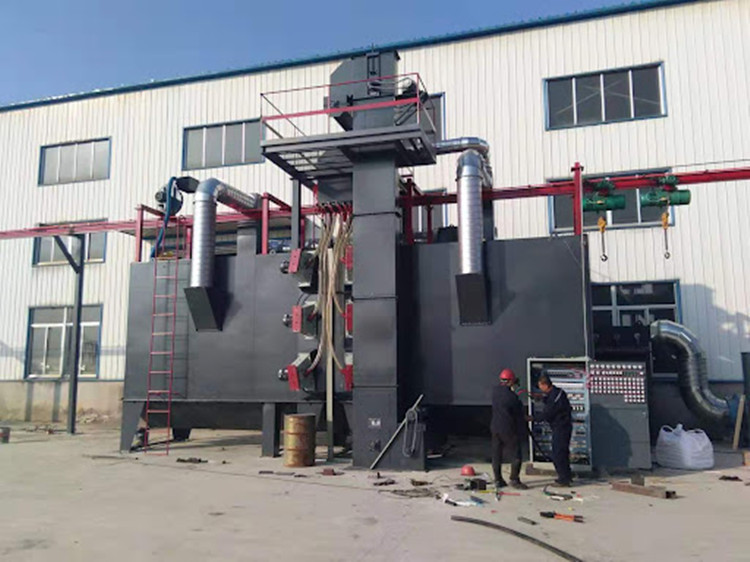- tyler@kirail.com
- +86 15603721115
Forgings are widely used in industry, such as airplanes, automobiles, etc. Of course, forgings also need to be cleaned. The following mainly tells you about the relevant knowledge of pickling and shot blasting of forgings.

1. Pickling and cleaning of forgings
Remove metal oxides through chemical reactions. For small and medium-sized forgings, they are usually loaded into the basket in batches, and go through processes such as degreasing, pickling and corrosion inhibition, rinsing, and drying.
The pickling method has the characteristics of high production efficiency, good cleaning effect, no deformation of forgings, and no restrictions on shape. Chemical reactions during pickling will inevitably produce harmful gases. Therefore, the pickling room should be equipped with an exhaust device.
When pickling different metal forgings, different acids and component ratios should be selected according to the properties of the metal, and the corresponding pickling process (temperature, time and cleaning method) system should be adopted.
2. Sandblasting (shot) and shot blasting cleaning of forgings
Sandblasting (shot) mainly uses compressed air as the power to make sand or steel shot move at high speed (sandblasting working pressure is 0.2~0.3Mpa, shot blasting working pressure is 0.5~0.6Mpa), sprayed to the surface of forgings, and removed the oxide scale.
Shot blasting uses the centrifugal force of the impeller rotating at high speed (2000~30001r/min) to throw steel shot to the surface of forgings to remove the oxide scale. Sandblasting has large dust, low production efficiency and high cost. It is mostly used for forgings with special technical requirements and special materials (such as stainless steel, titanium alloy), but effective dust removal technical measures must be adopted.
Shot blasting has a relatively good cleaning effect, but it also has the disadvantages of low production efficiency and high cost, but the cleaning quality is high. Shot blasting is widely used because of its high production efficiency and low consumption.